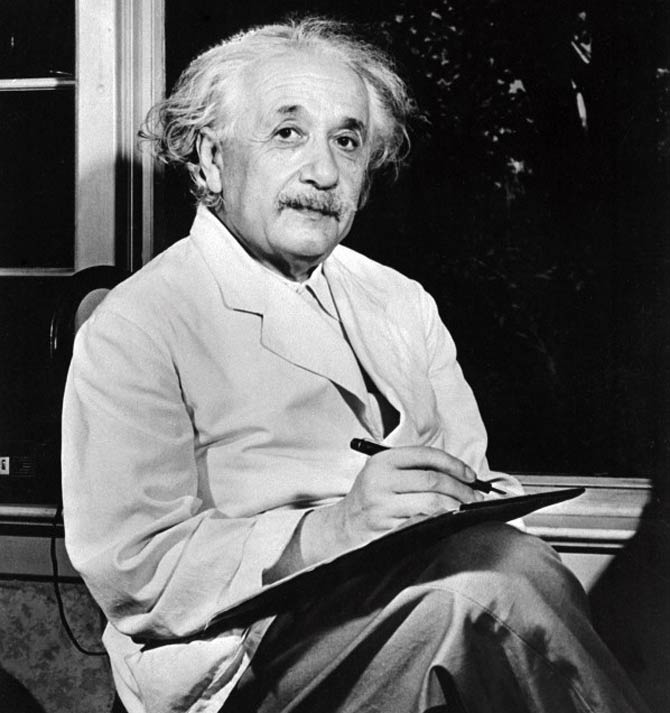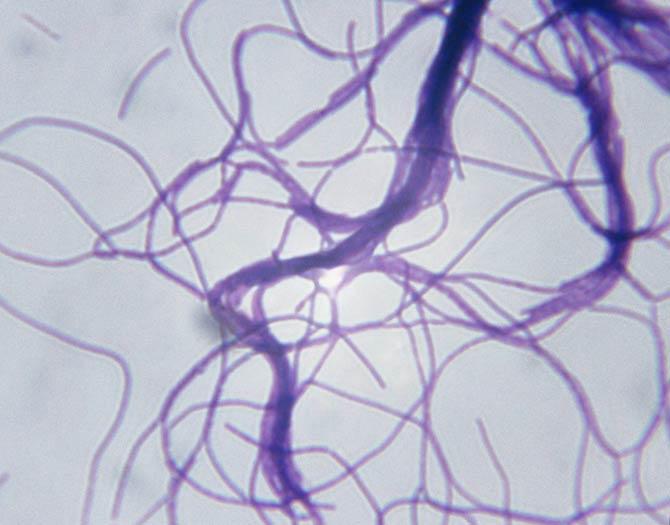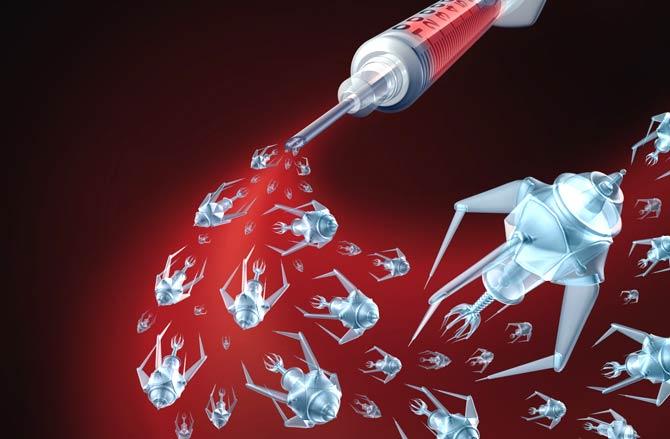As scientists discovered gravitational waves in a historic experiment, something first predicted by Albert Einstein, here's a look at other amazing breakthroughs in science...

Scientists discovered gravitational waves, the ripples in the fabric of space-time that Albert Einstein predicted a century ago. The discovery of these waves, created by violent collisions in the universe, excites astronomers because it opens the door to a new way of observing the cosmos. For them, it's like turning a silent movie into a talkie because these waves are the soundtrack of the cosmos. (Read more)
ADVERTISEMENT

Albert Einstein. Pic/AFP
A look at other pathbreaking discoveries in science...

Representational picture
The 'God' particle: In 2012, Scientists at the European Organisation for Nuclear Research, or CERN, announced finding the Higgs Boson particle, popularly termed the 'God' particle, which was predicted in 1964 to help fill in our understanding of the creation of the universe, which many theorise occurred in a massive explosion known as the Big Bang. The researchers at CERN announced finding a particle they described as Higgs-like and after going through the entire set of date obtain during the research concluded that it ‘strongly indicates that it is a Higgs Boson.’ Named after Peter Higgs, one of the physicists who proposed its existence, the Higgs Boson's name also has an Indian connection. Late Indian physicist Satyendra Nath Bose sent a paper to Albert Einsten in 1924 describing a statistical model that eventually led to the discovery of what became known as the Bose-Einstein condensate phenomenon. The paper laid the basis for describing the two fundamental classes of sub-atomic particles — bosons and fermions.

Representational picture
Stem cell programming: Japanese Nobel Prize-winning stem cell researcher Dr Shinya Yamanaka, conducted a pathbreaking experiment in 2006 with his team where they generated induced pluripotent stem cells (iPS cells) from adult mouse fibroblasts. They could show that his iPS cells were pluripotent, i.e. capable of generating all cell lineages of the body since they closely resemble embryonic stem cells, the in vitro equivalent of the part of the blastocyst (the embryo a few days after fertilization) which grows to become the embryo proper. These cells could be used to treat injuries, diseases, from growing new skin for burn victims to replacing malfunctioning tissue in anything from heart disease to diabetes patients.

Representational picture
Let there be life! In 2010, a team of researchers at the J. Craig Venter Institute synthesized a modified version of the 1,000,000 base pair M. mycoides genome and implanted it into a DNA-free bacterial shell of Mycoplasma capricolum. The resulting organism was shown to be self-replicating. It is considered the first of its kind with an artificial genome. The researchers at the insitute hope this discovery w ould help them revive extinct genomes and even colonize Mars. M. mycoides also known as Mycoplasma mycoides are parasitic bacteria, which infect cattle and small ruminants such as goats.

Representational picture
Harry Potter's invisibility cloak now a reality! Working with brick-like blocks of gold nanoantennas, the researchers from the US Department of Energy (DOE)'s Berkeley Lab and University of California (UC)-Berkeley “fashioned a “skin” cloak barely 80 nanometers in thickness. It was wrapped around a 3D object about the size of a few biological cells and arbitrarily shaped with multiple bumps and dents and conformed to the shape of the object and concealed it from detection with visible light.

Representational picture
Coming soon! 3D-printed microbots to help deliver drugs: Using an innovative 3D printing technology, nanoengineers at the University of California-San Diego have developed fish-shaped microrobots that can soon help deliver drugs efficiently to the targeted areas in the human body. Called microfish, these can swim around efficiently in liquids, are chemically powered by hydrogen peroxide and magnetically controlled. According to researchers, these custom-build synthetic microfish will inspire a new generation of “smart” microrobots with diverse capabilities.
 Subscribe today by clicking the link and stay updated with the latest news!" Click here!
Subscribe today by clicking the link and stay updated with the latest news!" Click here!







